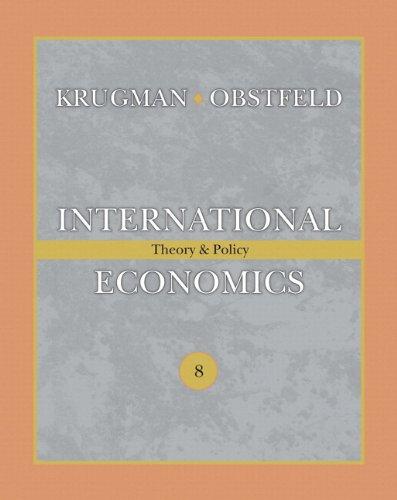In practice much foreign aid is tied; that is, it comes with restrictions that require that the
Question:
In practice much foreign aid is "tied"; that is, it comes with restrictions that require that the recipient spend the aid on goods from the donor country. For example, France might provide money for an irrigation project in Africa, on the condition that the pumps, pipelines, and construction equipment be purchased from France rather than from Japan. How does such tying of aid affect the transfer problem analysis? Does tying of aid make sense from the donor's point of view? Can you think of a scenario in which tied aid actually makes the recipient worse off?
Fantastic news! We've Found the answer you've been seeking!
Step by Step Answer:
Related Book For 

International Economics Theory & Policy
ISBN: 9780138002121
8th Edition
Authors: Paul R Krugman, Maurice Obstfeld
Question Posted:






